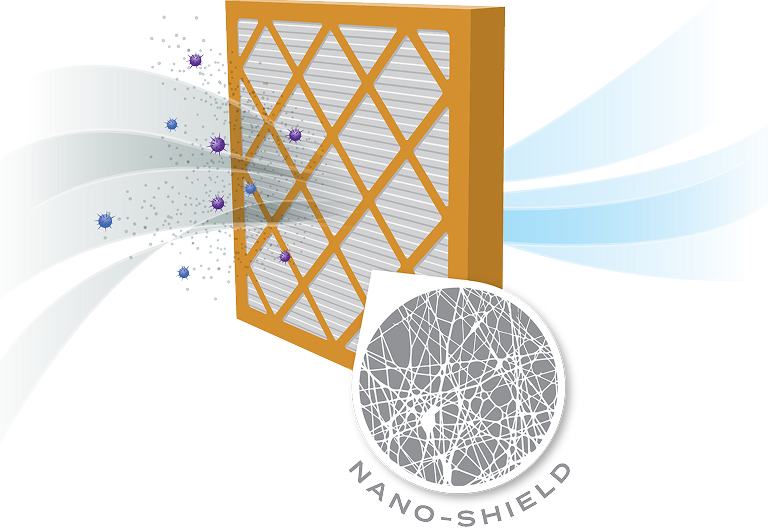
Choosing the Right Air Filter: Aerterra vs. Conventional Petroleum-Based Options
Share
When it comes to protecting your home's air quality, the air filter you choose matters. While most consumers are familiar with big-name brands like Honeywell, newer options like Aerterra are offering eco-conscious homeowners an alternative, without compromising on performance.
In this post, we’ll compare Aerterra’s MERV 11 bio-based filter to a leading conventional option such as Honeywell’s MERV 11 electrostatic filter and show how Aerterra stacks up against typical synthetic-based filters found in most retail stores.
Filtration Performance: MERV 11 Match-Up
Both Aerterra and Honeywell offer filters rated at MERV 11, which means they can capture more than 85% of particles in the 3–10 micron range, including:
- Dust
- Pollen
- Pet dander
- Mold spores
The key difference lies in how they do it:
- Honeywell filters rely on electrostatic charge in synthetic fibers, which may degrade over time, reducing filtration efficiency.
- Aerterra filters use a mechanical filtration approach enhanced by nanofibers, which provide both durability and high-performance particle capture throughout the life of the filter.
What Sets Aerterra Apart:
Here’s a quick comparison:

Good for Your Home—and the Planet
Aerterra filters not only meet industry standards for MERV 11 filters, they’re designed to minimize environmental impact:
- Renewable materials
- Recyclable packaging
- Support for reforestation projects like One Tree Planted
This makes Aerterra a great choice for families who care about both indoor air quality and environmental responsibility.
Final Thoughts
Whether you're replacing a filter for your HVAC system or setting up a subscription to stay on top of air quality, Aerterra delivers the same filtration performance as top-tier competitors—but with a planet-friendly edge. If you're looking to make more sustainable choices without sacrificing effectiveness, Aerterra might be your next no-brainer upgrade.
